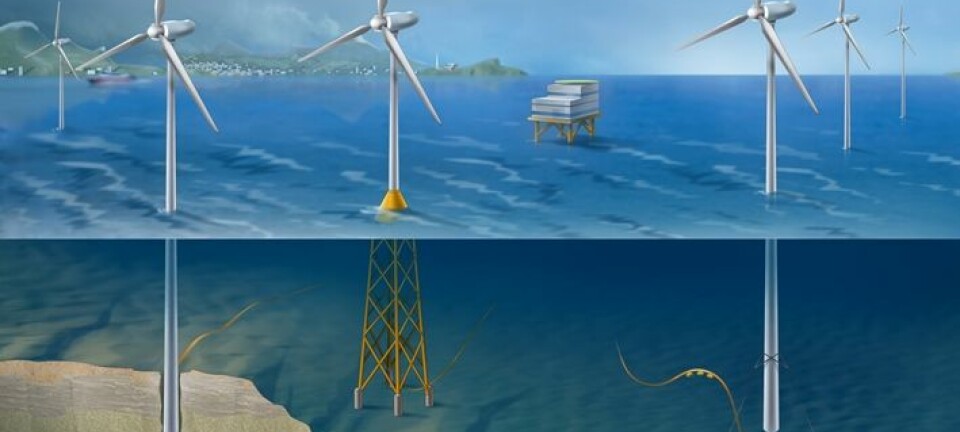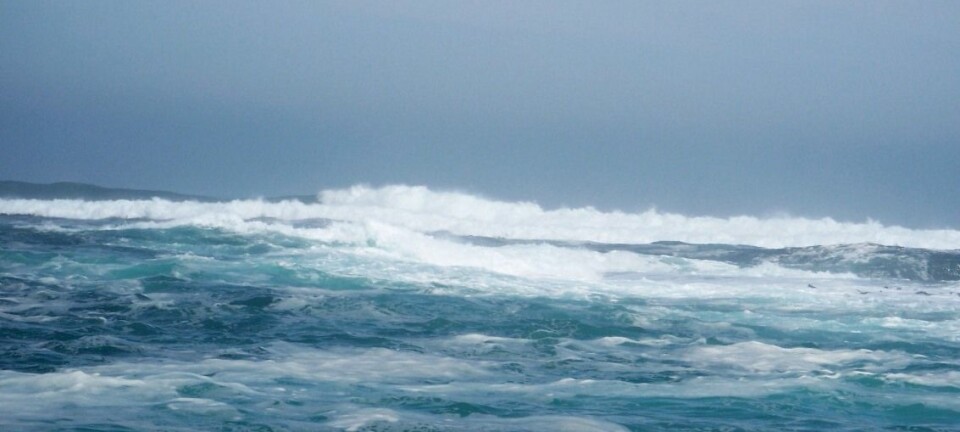An article from Norwegian SciTech News at NTNU
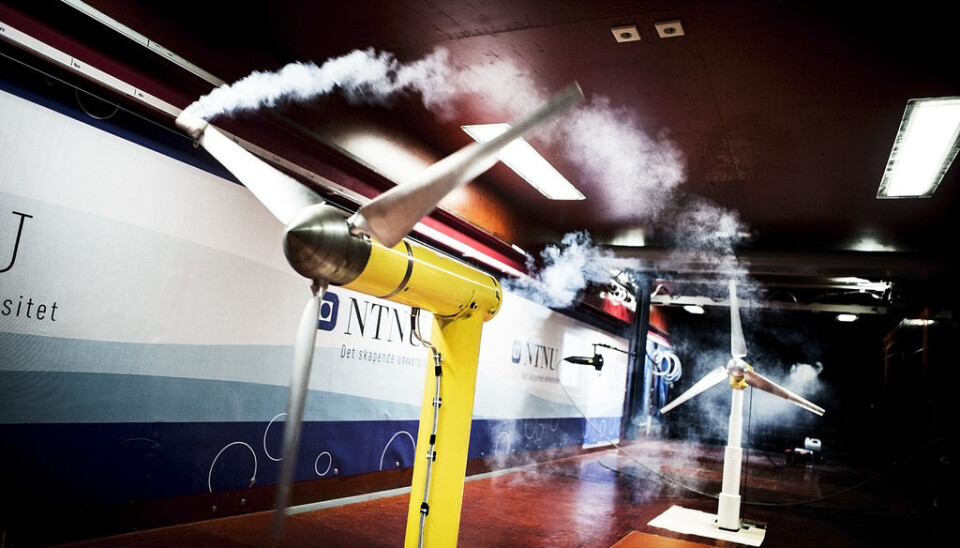
Wind power could cover Norway’s energy needs 20 times
University professor believes that Norway should make use of the country's untapped potential in wind power. Not everybody agrees with him.
Wind power can potentially create three times as much energy as today’s hydropower in Norway.
“In theory, wind power can supply 20 times our energy needs in Norway”, states Professor Tore Undeland.
He is a researcher at the Department of Electrical Engineering at the Norwegian University of Science and Technology (NTNU) and the Norwegian Research Centre for Offshore Wind Technology (NOWITECH).
Today, the developed wind power in Norway is barely two percent of the power produced by hydropower plants.
Offshore wind power provides the most energy
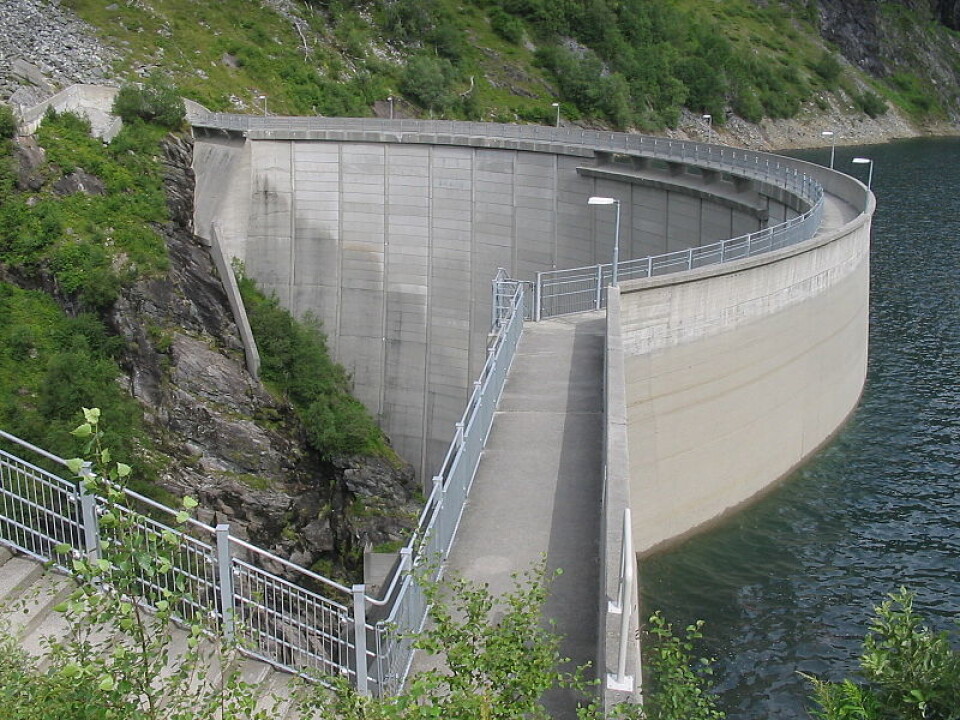
Wind farms can be built either on land or offshore. Until now, the wind farms have been land-based or had fixed wind turbines in shallow waters.
The advantage of offshore wind power is that it provides much more energy than onshore wind power. However, the disadvantage here is the cost of development.
“The technology for offshore wind power is transferable from offshore technology,” says Undeland.
Undeland is doing research on the integration of voltage and current from generators in offshore wind turbines so that maximum energy from wind power can be utilized.
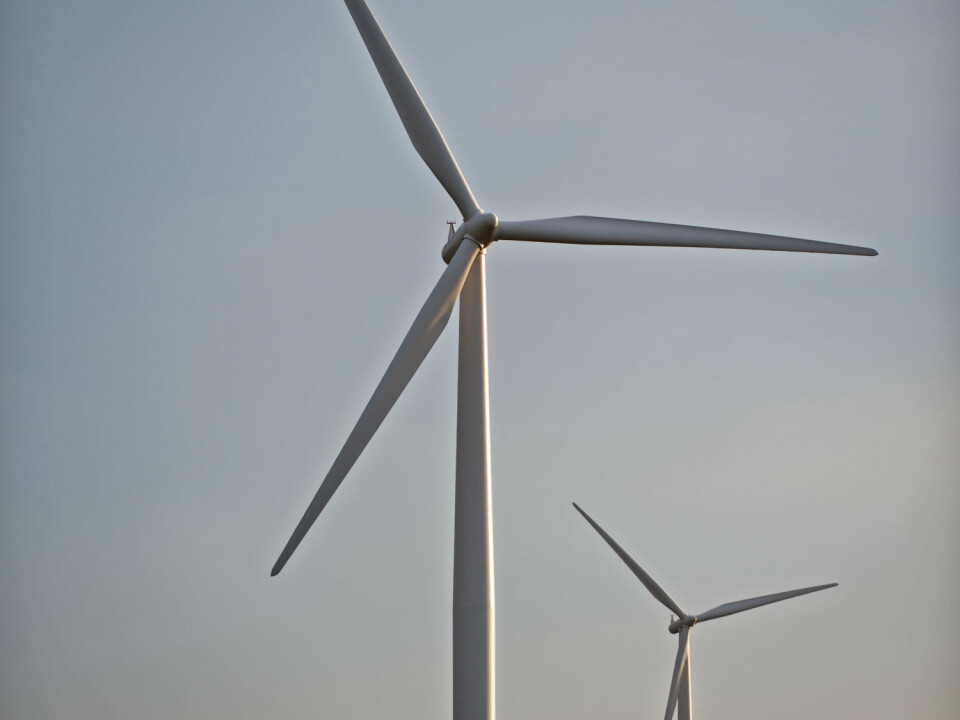
Power electronics is also essential to transmit power from the offshore wind turbines to shore.
Combining hydropower and wind power
“Hydropower is cheaper than wind power, but most of Norway’s hydropower resources are developed. If we want a greater share of renewable energy it must come from wind power,” claims Undeland.
Hydropower and wind power work well together, according to the professor.
“In a week with little or no wind we can produce more electricity from hydropower, drawing on the energy stored in the reservoirs. When it is windy we can reduce the use of hydropower and keep the water in the reservoirs,” he explains.
Norwegians build wind power plants abroad
The Norwegian coastline and onshore topography give the country the best conditions for wind power in Europe. Nevertheless, as many as 15 EU member states have a greater share of wind power than Norway.
Germany in particular is investing heavily in wind and solar power, but also Spain, Denmark, the UK and Sweden are all major investors in wind power.
The Norwegian multinational oil and gas company, Statoil, and the state owned electricity company, Statkraft, have built more offshore wind power units in England than in Norway. And at Östersund in Sweden, Statkraft is building three large wind farms.
“This is because the price of electricity and the subsidies are higher in England and Sweden than in Norway. Sweden has 20 to 25 percent better financial conditions [tax benefits] for wind power than Norway offers,” says Undeland.
Lose money in Norway
But bringing down the price of wind power is not so simple. In Norway, wind power developers will lose money if they are not subsidized, according to Undeland.
“We can’t expect wind power developers to lose money so that Norway can meet its climate change targets,” he says.
Undeland considers it is too late for Norway to start building large factories to produce wind turbines.
“We can be subcontractors, develop specialized vessels for offshore wind power and be attractive partners in design and operation”.
Comes with a social costs
Professor Anders Skonhoft from another department at the same university, the Department of Economics, has also studied the development of wind power and subsidies. He has a different view on the matter.
“A developer of a wind turbine plant will get direct support for the amount of energy produced by the plant. The established power producers pay for the subsidies, i.e. the green certificates. On the other hand, this will give consumers a higher energy bill,” says Skonhoft.
“Many people who appreciate the environment must bear the costs and risks when untouched nature is destroyed. This is what I call the social costs of wind power development,” he continues.
"No effect on climate change"
A parliamentary climate agreement (2008) stated that Norway should cut its greenhouse gases by 30 percent by 2020 compared with 1990 levels.
Skonhoft thinks wind power development in Norway has no effect on the climate.
“First, no construction of wind farms replaces the burning of oil and coal, simply because Norway does not produce electricity by burning oil and gas.”
“If Norway sells wind energy to Europe, it will not affect the climate either. The production of energy in the EU has a shared quota system, and Norway is subject to this system. More renewable energy from Norway therefore means that others will produce less renewable energy as long as this energy is not competitive with, for example, coal,” he says.
Higher costs and lower, binding quotas for non-renewable energy production is therefore the only thing that can help stop climate change, according to Skonhoft.
“Higher costs will also encourage the development of renewable energy technologies. Market forces work here,” he concludes.
Birds and wind farms
“Wind farms are not as environmentally friendly as previously thought,” says a third resarcher from the same university, Professor Eivin Røskaft from Department of Biology.
Large and heavier species like eagles, seabirds, swans and woodland birds will collide with wind turbines and power lines. The big birds are most susceptible to wind farms because they can’t manoeuvre quickly enough when they get too close to turbines and high-voltage cables.
“We can say this with certainty because we have studied the eagle population on the island of Smøla in Norway, where there are wind farms,” Røskaft says.
The eagles are affected by the wind farms. Also the nesting sites are vulnerable. By building wind farms in breeding areas or where a species is rare, there is a danger that it affects populations.
“Offshore wind power has the same effect on the birds as onshore wind farms. Out at sea the populations of seabirds are particularly vulnerable. Seabirds are relatively heavy for their size, and for that reason have less chance to manoeuvre when flying into wind turbines. Other species that may be affected by wind farms are flying species such as bats and possibly larger insects like butterflies.”
The Norwegian Water Resources and Energy Directorate (NVE) handles applications for licenses for the development of wind farms. Refusals may be appealed to the Ministry of Petroleum and Energy.
Recently they finally said no to 75 giant wind turbines on Sleneset in Nordland mainly because Norway’s and probably Europe’s largest population of the Eurasian Eagle-Owl is found here. It is a threatened species in Norway.
------------
Read the Norwegian version of this article at forskning.no









